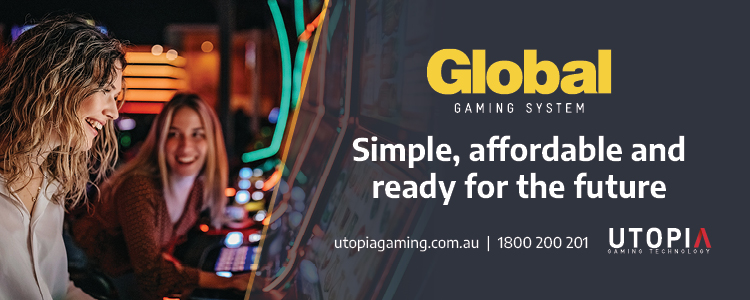
A recent covert operation by a team from Deakin University succeeded in finding signs of intoxication by patrons that were drinking.
The group conducted 828 “unique cross-sectional observations” at 62 bars, nightclubs and large pubs throughout five Australian cities.
 Its purpose was to “assess correlates of intoxication” in venues, meaning things related to intoxication – both any signs of intoxication, and overall level of intoxication. ‘Correlation’ is not to be mistaken with ‘causation’, where one aspect leads to or causes the other.
Its purpose was to “assess correlates of intoxication” in venues, meaning things related to intoxication – both any signs of intoxication, and overall level of intoxication. ‘Correlation’ is not to be mistaken with ‘causation’, where one aspect leads to or causes the other.
The University studiers covertly observed patrons in their unfettered habitat for hints of inebriation, such as: slurred speech, staggering, fumbling, bumping into people or things, and aggression.
The study examined seven “predictors of patron intoxication”, defined as: time, percentage of male patrons, patrons under 25, venue crowding, alcohol promotions, type of beverage consumed by the majority of patrons, venue type.
The report offered no explanation as to the ability for observers to accurately assess the designated signs of intoxication, particularly in dark and crowded venues. However, it did admit that figures on the percentage of males and under-25s in these crowded venues were ‘estimates’.
In offering results, the study suggested that there were three significant factors identified: time of night, percentage of patrons under 25, and crowding, saying these had “significant positive associations with both signs of intoxication and high levels of intoxication”.
Assuming that over-25s are indeed likely to exhibit reduced signs of intoxication, the other key identifiers verge on the patently obvious: the later hours see more people showing some signs of intoxication, as fewer sober people arrive; more people in a space is going to mean a higher number of intoxicated people, who are potentially harder to identify. This also poses the question of how the observers could scientifically monitor the condition of dozens or hundreds of people.
Unfortunately, the study went further to suggest a causative link by suggesting its results – led by Deakin University’s Professor Peter Miller – are evidence for the notion that “ceasing service of alcohol earlier in the evening will reduce intoxication levels”.
“[The study] quantified things like an 11 per cent increase in intoxication for every hour after midnight,” said Miller. “That sort of (data) gives us real insights into why restricted trading hours work.”
Miller went on to describe Sydney’s revised licensing laws as “hugely successful”.
But thankfully Victorian authorities are exercising their own agenda for that State’s hospitality industry, with Minister Kairouz recognising the backward step for their forward plans.
“Lockouts would be disastrous for the fabric of our city’s social and cultural identity,” stressed Marlene Kairouz, Victorian Minister for Liquor & Gaming Regulation.
“We are getting on with making vibrant Melbourne a 24-hour city. We have a liquor freeze on beer barns, and inspectors on the beat making sure licensees are doing the right thing.”

